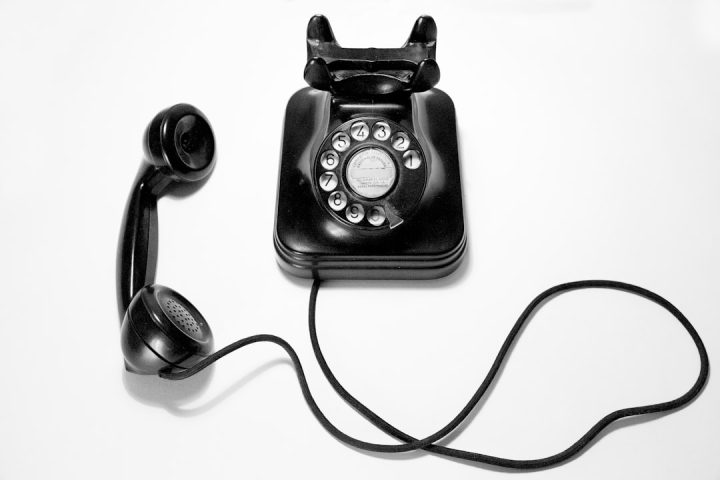With digital security growing more complex and online threats becoming increasingly sophisticated, protecting one’s Gmail account has never been more important. Google offers several robust security features, including Two-Factor Authentication (2FA) and easy-to-use password management tools. Understanding how to enable 2FA and properly change a Gmail password can significantly improve an individual’s digital security posture.
TL;DR
Enabling Two-Factor Authentication (2FA) on Gmail adds an extra layer of security by requiring a code in addition to the password during login. It helps protect against unauthorized access, even if the password is compromised. Changing the Gmail password regularly is also recommended for enhancing account safety. This article covers step-by-step guides on enabling 2FA and changing Gmail passwords, along with useful FAQs.
Why Two-Factor Authentication Matters
Online accounts are constantly under threat from malicious attackers. Even a strong password can be phished, guessed, or leaked during data breaches. Two-Factor Authentication acts as a secondary checkpoint beyond the password, dramatically reducing the risk of unauthorized access. Once enabled, 2FA requires users to provide an additional verification code, typically sent to a trusted device or generated via an authentication app.
Google refers to 2FA as “2-Step Verification”, but it serves the same essential purpose. When set up properly, it makes hacking exponentially more difficult because merely knowing the password is no longer enough.
How to Enable Two-Factor Authentication on Gmail
Setting up 2FA for Gmail involves a few straightforward steps. Here’s how it’s done:
- Log in to your Google Account at myaccount.google.com.
- Click on “Security” from the left-hand sidebar.
- Under the section titled “Signing in to Google”, click on “2-Step Verification.”
- Click “Get Started” and follow the on-screen prompts.
- Choose your preferred second step (such as a text message, phone call, or authenticator app).
- Verify the chosen method to complete the setup.
Google offers several second-step options, including:
- Google Prompts on your smartphone
- Authentication codes via SMS or voice call
- Google Authenticator app or other compatible apps
- Backup codes for emergency situations
- A physical security key (such as a USB or Bluetooth device)
It’s strongly advised to set up multiple second-step options to prevent any lockout scenarios if one method fails.
Changing Your Gmail Password
For optimal security, Gmail users should periodically update their passwords and immediately change them after suspecting any unauthorized access. Changing a Gmail password is quick and ensures that your account remains secure.
Steps to Change a Gmail Password
- Visit myaccount.google.com/security.
- Scroll to the “Signing in to Google” section.
- Click on “Password.”
- You may be prompted to verify your identity by re-entering your current password.
- Enter your new password and confirm it.
- Click “Change Password.”
When choosing a password, keep the following tips in mind:
- Use a combination of uppercase and lowercase letters, numbers, and special characters.
- Avoid using easily guessed information like birthdays or commonly used words.
- Do not reuse passwords from other websites or applications.
Utilizing a password manager can help generate and store complex passwords securely. This also improves overall hygiene by avoiding repeated or weak passwords.
Tips for Keeping Your Gmail Account Secure
In addition to enabling 2FA and regularly changing passwords, consider the following best practices for safeguarding your Google account:
- Regularly review device activity: Google provides a way to check which devices are currently or were recently signed in to your account.
- Enable alerts for suspicious activity: Google automatically notifies users of unusual sign-ins. Don’t ignore these warnings.
- Keep recovery options updated: Make sure your recovery phone and email address are up to date for account recovery.
- Use security check-up: Google offers a Security Checkup tool to guide users through essential settings and risk assessments.
What to Do If You Lose Access to Your Second Factor
One common concern with 2FA is the possibility of losing access to the second authentication step. Here’s what to do in that event:
- Use backup codes: Google provides one-time use backup codes during the 2FA setup.
- Try account recovery: If you’re totally locked out, use Google’s Account Recovery page: accounts.google.com/signin/recovery.
- Contact support: In some cases, reaching out to Google Support might be necessary if all recovery methods fail.
This is why it’s crucial to set up more than one form of 2FA, like combining phone-based verification with a physical security key or backup codes.
Conclusion
Securing a Gmail account doesn’t end with creating a strong password. Both Two-Factor Authentication and routine password changes are vital steps in maintaining strong digital hygiene. These features, available for free through Google’s expansive security infrastructure, offer peace of mind and effective protection against unauthorized access. Users should take advantage of these tools and ensure they remain proactive about their account’s security.
FAQs
- Q: Is Two-Factor Authentication really necessary if I have a strong password?
- A: Yes. Even strong passwords can be compromised; 2FA provides an extra layer of defense against unauthorized access.
- Q: Can I disable 2FA later if I find it inconvenient?
- A: Yes, but it’s not recommended. Disabling 2FA makes your account more vulnerable to attacks.
- Q: What should I do if I lose my phone and can’t receive 2FA codes?
- A: Use backup codes or another device enrolled in 2FA. You can also use Google’s account recovery process.
- Q: How can I tell if someone else has accessed my Gmail account?
- A: Go to your Google Account > Security > Recent security events or Devices to check recent activity.
- Q: How often should I change my Gmail password?
- A: It’s generally recommended to update passwords every 3–6 months, or immediately after noticing suspicious activity.
